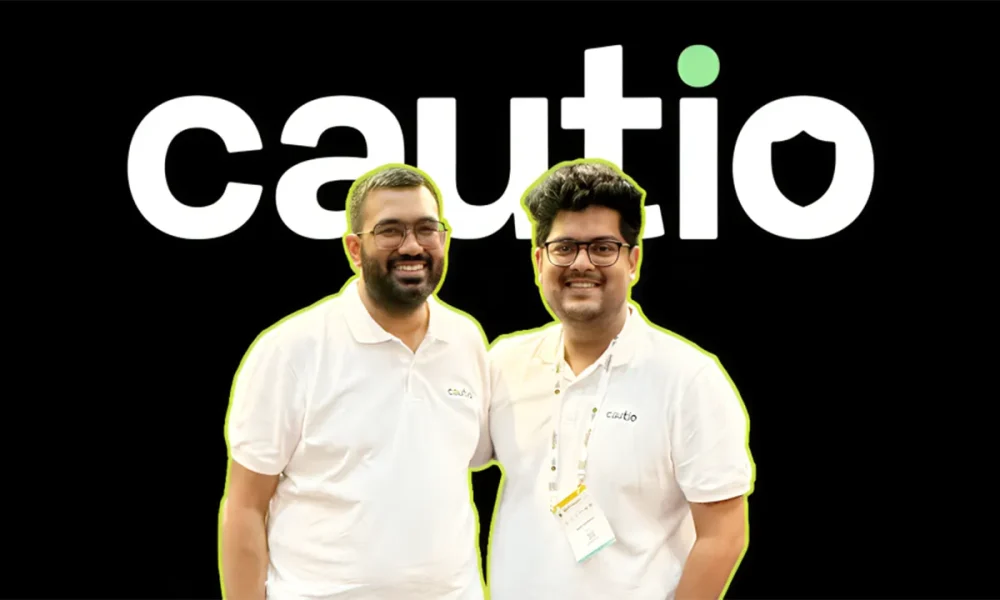Vibe coding isn’t just a buzzword. It’s the shift that’s quietly rewriting how software is built and who gets to build it.
Coined by OpenAI co-founder Andrej Karpathy, the idea behind vibe coding is simple: instead of writing code line by line, you just say what you want, and AI writes it for you. Want a dashboard that auto-refreshes every 10 seconds? Or a chatbot that handles bookings with your Google Calendar? Just describe it. The AI handles the rest.
It’s software development… by vibes.
Behind the meme is a real revolution. Tools like GitHub Copilot, Cursor, and newer entrants like Windsurf or Devika are making it possible to go from plain English prompts to functional code in minutes. You’re not coding anymore. You’re directing the AI.
The Rise of Intent-Driven Development
Traditional development requires knowing syntax, architecture, and debugging. Vibe coding flips that. You focus on high-level intent while AI fills in the implementation. It’s like moving from playing notes to conducting an orchestra.
This shift is unlocking new speed and scale. Solo founders are shipping MVPs in days. Junior devs are building like seniors. And lean teams are launching at the pace of large engineering orgs.
But it’s not all utopian.
When the Vibes Are Off
AI still makes mistakes. A lot of them. Vibe coding requires you to carefully review, test, and often rewrite what the model gives you. You’re not skipping engineering. You’re just changing its shape.
Security is another red flag. AI-generated code can be vulnerable to exploits, misconfigured logic, or licensing issues. Without human oversight, things can go sideways fast.
There’s also a deeper philosophical shift. If software is just a conversation with an AI, what happens to craftsmanship? To understanding the tools you build with? Critics argue that vibe coding could create a generation of devs who can ship fast but don’t really understand how their systems work.
The Future Is Prompt-First
Despite concerns, the direction is clear. Vibe coding is gaining ground fast in startups, no-code communities, and even enterprise teams experimenting with internal tooling. The bottleneck is no longer “can we build it?” but “can we describe it well enough?”
It’s a new kind of literacy. Knowing what to ask, how to prompt, how to refine.
Because in the age of vibe coding, it’s not about writing code. It’s about thinking clearly, prompting smartly, and shipping fast.
The IDE is dead. Long live the vibe.
Also Read: Assert AI can Predict Warehouse Failures Just by Watching Video Feeds
























